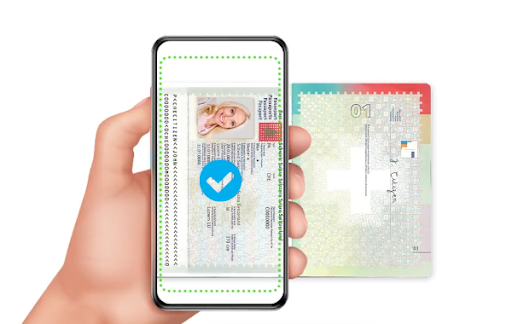Our phone is no longer just a call machine. It’s our alarm clock, camera, map, music player—and now, even, our wallet, that stores everything we need.
Every year, smartphones get smarter. But lately, they’ve taken a huge leap forward—not just in speed or camera quality. They’re starting to quietly take over a job we once gave to our wallets. It’s probably noticeable how less often we reach for our physical cards these days. Be it at checkout, during travel, or even entering the office, our phone is becoming the one-stop tool for everything.
Let us explore how we got here and where things are heading.
There was a time when mobile phones were just used for calling or texting. Then, with the iPhone’s debut in 2007 and Android’s shortly after, came the age of smartphones. Today, we live in a world where phones are almost like a second brain.
They have biometric security like fingerprint scanners and face recognition, thus can connect with other devices via Bluetooth, NFC, and Wi-Fi. All of this has made them the perfect tool to store and protect personal information securely. And with increasing concerns about hygiene and contactless services, people are more eager than ever to go fully digital.
What truly changed the game is the explosion of mobile apps. There exists an app for nearly everything, and many of them are designed to replace something physical in our lives.
Digital wallets like Apple Pay, Google Wallet, and Samsung Pay let us store our credit and debit cards securely. Ride apps replaced taxi cards. Airline apps now hold our boarding passes. Even our gym membership or library card likely has a digital version by now.
At first, it felt optional. A backup in case you forgot your wallet. But now, these apps have become so fast and reliable, they’ve started to replace the need for the physical versions entirely. One may have personally gone weeks without ever touching my wallet.

One could be surprised by knowing how many types of cards are already replaceable with our smartphones. Let’s understand it one by one:
Credit and debit cards were among the first to go digital. Due to mobile wallets, you can now ‘tap and pay’ at the payment terminals. Many banks even offer instant card replacement through their app if yours is lost or stolen.
This one is growing fast. Some states and countries are now allowing digital driver’s licenses and IDs. You can store them in your phone’s wallet app and present them just like you would with a physical card. Airport TSA checkpoints in the U.S. are starting to accept them, too.
From coffee shops to grocery stores, many loyalty programs now let us scan a digital card directly from our phone. Apps like Stocard or even store-specific apps help us track points and rewards without stuffing our wallets.
Metro cards, train tickets, and boarding passes can all live in our phones now. Apple Wallet or Google Wallet can store tickets with barcodes, QR codes, or even just digital tokens.
Work badges and hotel keys are next. Many workplaces now allow smartphone-based entry using Bluetooth or NFC. Major hotel chains even let us unlock our rooms with our phone via their app.
Health insurance providers now offer digital cards that one can pull up in their app. Even proof of vaccination or prescriptions can be accessed digitally
This is a common and understandable concern. But here’s the truth: digital cards are often safer than physical ones. It is because phones offer multiple layers of security, like biometrics, PINs, and encryption. Plus, if our phone gets lost or stolen, we can lock or wipe it remotely. That’s a lot harder to do with a leather wallet.
Apps also mask our actual card details during transactions. For example, Apple Pay and Google Pay generate temporary tokens rather than exposing our real numbers. So, even if someone intercepts our data, it’s nearly useless.
Not overnight. Some things still require a physical copy. But we’re getting closer every year. And honestly? It’s hard to imagine going back. Why carry five to ten plastic cards when you can carry just your phone?
The shift is happening not just for convenience, but out of growing trust in technology. Those who are been using digital wallets for a while can say this: “it’s liberating. I don’t panic when I forget my wallet anymore. My phone does the job just fine.”
So, the next time you’re at the store or heading to the airport, give it a try. Tap your phone instead. Because pretty soon, your wallet might just be the backup.

https://en.wikipedia.org/wiki/Apple_Pay
https://play.google.com/store/apps/details?id=com.google.android.apps.walletnfcrel&hl=en_IN
https://wokegenics.com/top-fintech-innovations-trends-to-watch/
https://www.tsa.gov/travel/passenger-volumes
https://wokegenics.com/digital-health-trends-the-future-of-medicine/